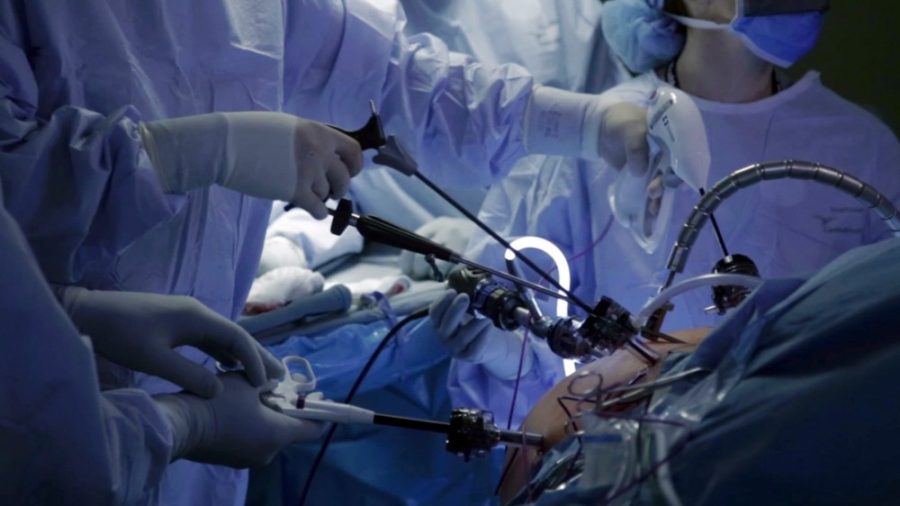The Journal of Medical Insight is a new journal in the surgical field that puts the spotlight on video as its main method of communication. The Arizona Health Sciences Library has joined a handful of other medical institutions that have subscribed to JoMI, including Harvard, Stanford and the University of California San Francisco.
While JoMI does include a traditional print portion for each article, the emphasis is on the surgical videos themselves. According to Nikita Bernstein, CEO and co-founder of JoMI, the journal invests between $20,000 to $30,000 per article to achieve extremely high quality.
“We recently filmed a Whipple procedure at Tufts Medical Center, which was seven hours long and we had eight cameras rolling at one point,” Bernstein said.
After that significant amount of time and resources, the team at JoMI edits the video for maximum clarity and effectiveness, Bernstein said.
“Medical students and residents have an overwhelming amount of material to learn … so it is far more effective for a medical student to be able to watch, pause and rewind our videos with multiple camera angles, than it is to listen to a lecture or read a text,” said Elizabeth Devane, a JoMI co-founder.
Surgical residents at the University of Arizona Medical Center have told Dr. Leigh Neumayer, a professor of surgery and head of the surgery department, that they frequently watch surgical procedures on YouTube in preparation for their cases.
Video from The Journal of Medical Insight Dr. Xinning Li, an assistant professor in the department of orthopaedic surgery at Boston University School of Medicine, performs an anterior cruciate ligament reconstruction with his team.
In addition to teaching, the journal will also provide an innovative way to share medical advances in the field, as the teaching of new surgical procedures to others can be difficult.
“Our videos deliver knowledge that might otherwise be prohibitively expensive, impractical or impossible to access,” Devane said. “If a surgeon develops a new technique, that advancement has been typically limited to his local colleagues or students.”
This limitation is a product of the highly technical nature of surgery. The educational axiom of “see one, do one, teach one” holds true, but only if seeing one is an option.
“It is almost impossible to accurately convey surgical technique without video,” said Dr. Robert Dolan, a former anesthesiologist at Brigham and Women’s Hospital and editor-in-chief of JoMI. “JoMI gives the first-person perspective of what the surgeon is doing during the operation, as well as narration while he or she is doing it.”
For Neumayer, the benefits of such a journal are obvious. She has made several videos herself for educational purposes. “This can be used for teaching and for case review, almost like sports teams do game review, or a golfer might have her swing videotaped to see where it is good and where it is bad,” Neumayer said.
However, this doesn’t only help medical professionals; an inside look into surgical operations can be of great benefit to patients as well.
Bernstein said that while the articles are interesting to surgeons, they are also accessible to patients.
“I use a video to inform patients about the treatment of breast cancer,” Neumayer said. “We have studied how it helps patients and it increases their understanding and decreases their anxiety.”
_______________
Follow Laeth George on Twitter.









